Jonathon Barscello
Advisor: Carlos Rueda
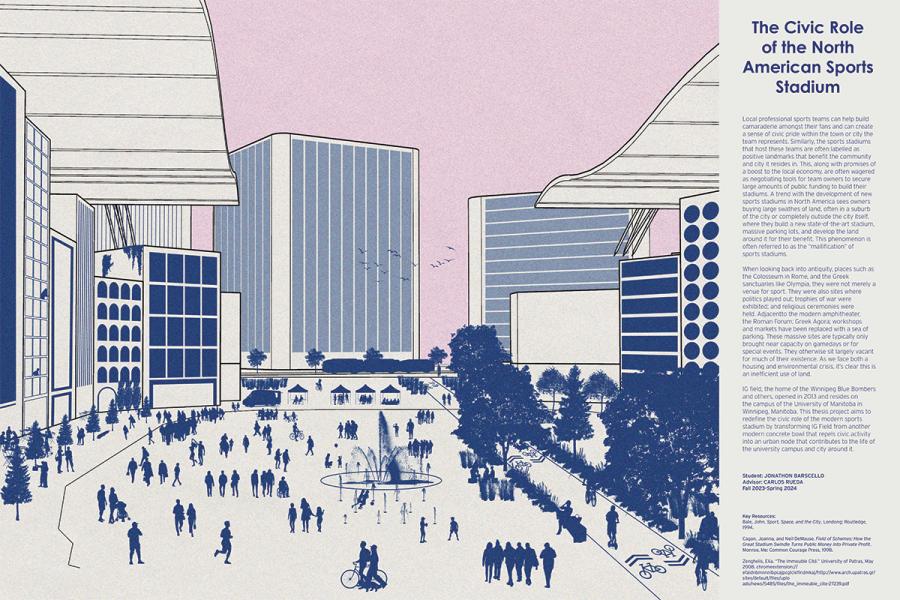
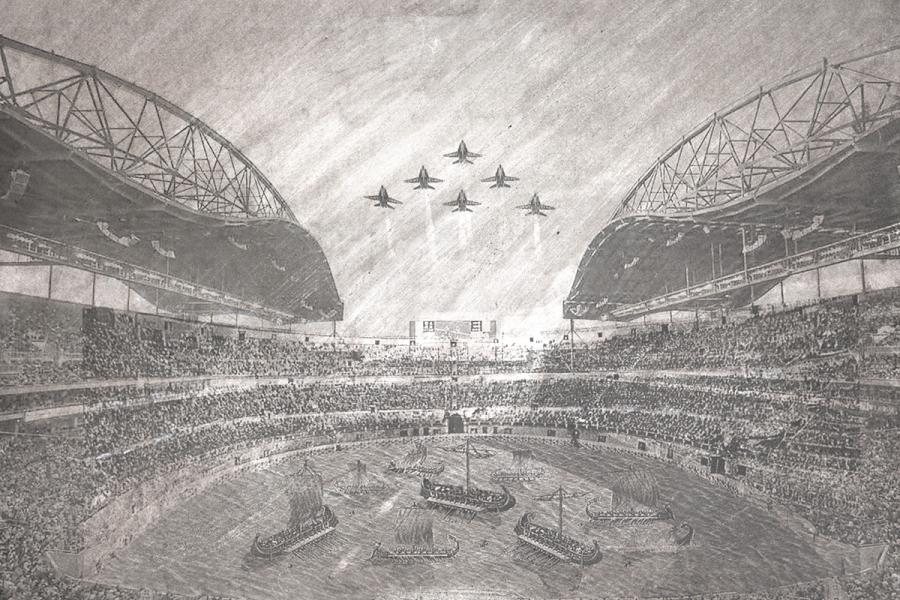
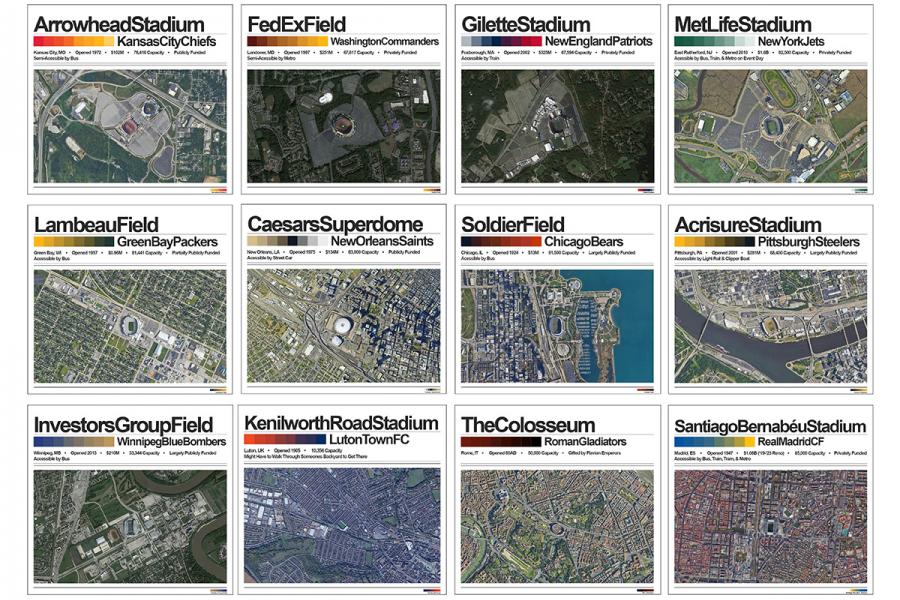
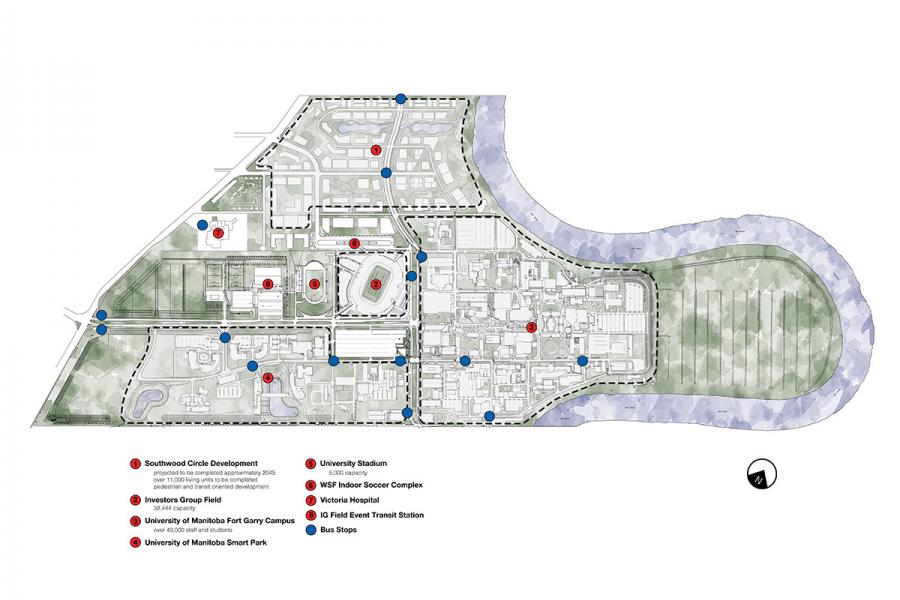
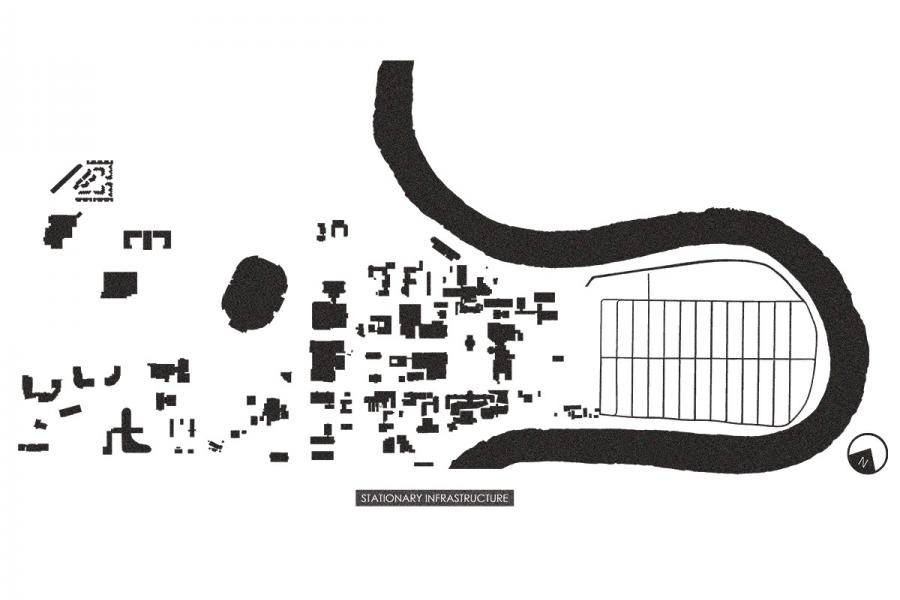
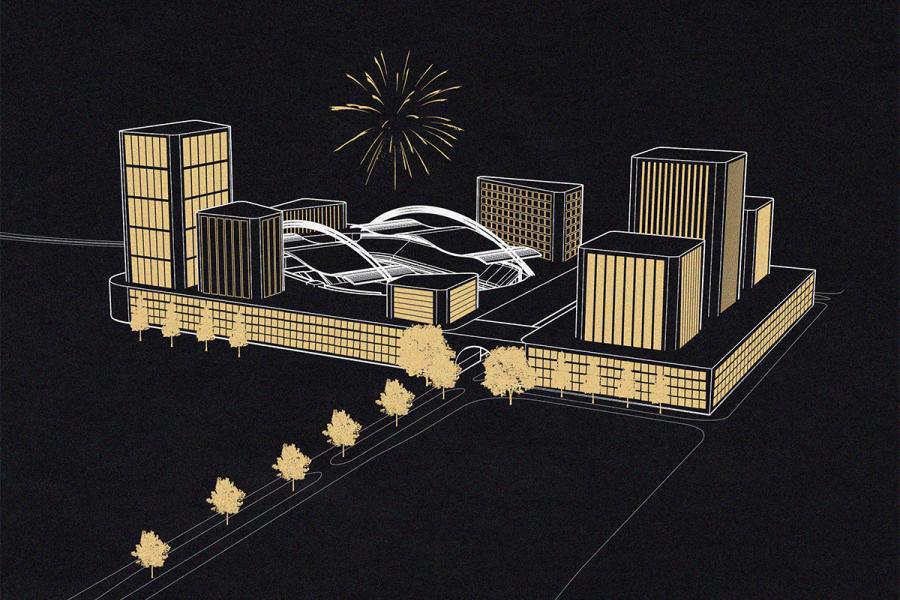
The Civic Role of the North American Sports Stadium
Local professional sports teams can help build camaraderie amongst their fans and can create a sense of civic pride within the town or city the team represents. Similarly, the sports stadiums that host these teams are often labelled as positive landmarks that benefit the community and city it resides in. This, along with promises of a boost to the local economy, are often wagered as negotiating tools for team owners to secure large amounts of public funding to build their stadiums. A trend with the development of new sports stadiums in North America sees owners buying large swathes of land, often in a suburb of the city or completely outside the city itself, where they build a new state-of-the-art stadium, massive parking lots, and develop the land around it for their benefit. This phenomenon is often referred to as the “mallification” of sports stadiums.
When looking back into antiquity, places such as the Colosseum in Rome, and the Greek sanctuaries like Olympia, they were not merely a venue for sport. They were also sites where politics played out; trophies of war were exhibited; and religious ceremonies were held. Adjacent to the modern amphitheater, the Roman Forum; Greek Agora; workshops and markets have been replaced with a sea of parking. These massive sites are typically only brought near capacity on gamedays or for special events. They otherwise sit largely vacant for much of their existence. As we face both a housing and environmental crisis, it’s clear this is an inefficient use of land.
IG field, the home of the Winnipeg Blue Bombers and others, opened in 2013 and resides on the campus of the University of Manitoba in Winnipeg, Manitoba. This thesis project aims to redefine the civic role of the modern sports stadium by transforming IG Field from another modern concrete bowl that repels civic activity into an urban node that contributes to the life of the university campus and city around it.
